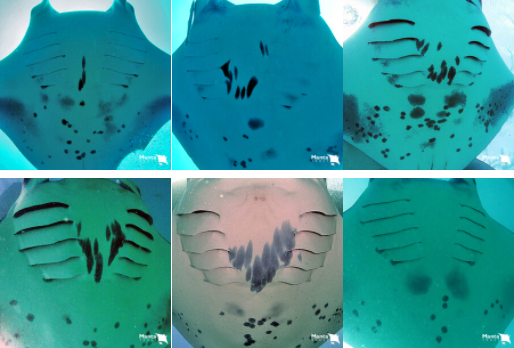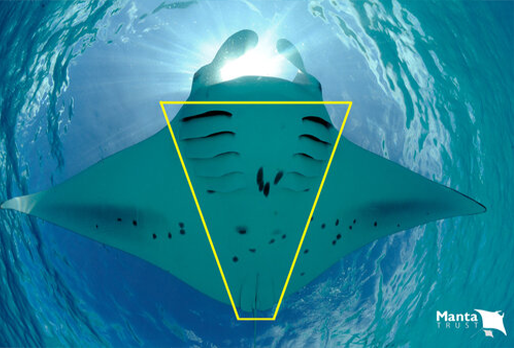 Manta Trust
Manta Trust
Our goal is a sustainable future for the oceans, where manta rays and their relatives thrive in healthy, diverse marine ecosystems.
Maldivian Manta Ray Project (MMRP) formed in 2005 and collects data around the country's manta population, its movements, and how the environment and tourism / human interactions affect them.
Since its inception, the project has identified over 4,900 different individual reef manta rays (Mobula alfredi), from more than 70,000 photo-ID sightings - many of which were submitted by members of the public via IDtheManta. This makes the Maldivian reef manta population the largest, and one of the most intensively studied populations in the world.
If you have seen a manta ray anywhere in Maldives, you can contribute directly to our global research and conservation efforts. Submit your images and some basic information about the sighting to our IDtheManta database, and we will provide feedback about the individual manta you encountered.
ID The Manta Ray
Each manta has a unique pattern of spots on its ventral surface (belly), which remains largely unchanged throughout their lives.
It’s believed that random genetic mutations of the stem cells at the early stages of the pups development result in these widely varying patterns of pigmentation. This means that even if a manta were to give birth to genetically identical twin pups, the ventral patterning of the two would be different.
Much like a human fingerprint, the unique nature of these spots enables manta scientists to identify every individual manta
How to take a Manta ID photo?
A photograph of the ventral surface (belly) is the most important, as it reveals the individual’s unique spot pattern, and also shows the sex of the animal, which can be used to calculate proportions of males and females in the population.
The best photo ID captures the entire underside of the manta, but sometimes manta encounters can be short, so it’s important to photograph the most indicative portion of the animal in a pinch.
As well as the ID photo, there is some additional data we need in order to add the sighting to our database.
Submit your Manta photo
If you have seen a manta ray anywhere in Maldives, you can contribute directly to our global research and conservation efforts. Submit your images and some basic information about the sighting to our IDtheManta database, and we will provide feedback about the individual manta you encountered.
by: mantatrust.org




